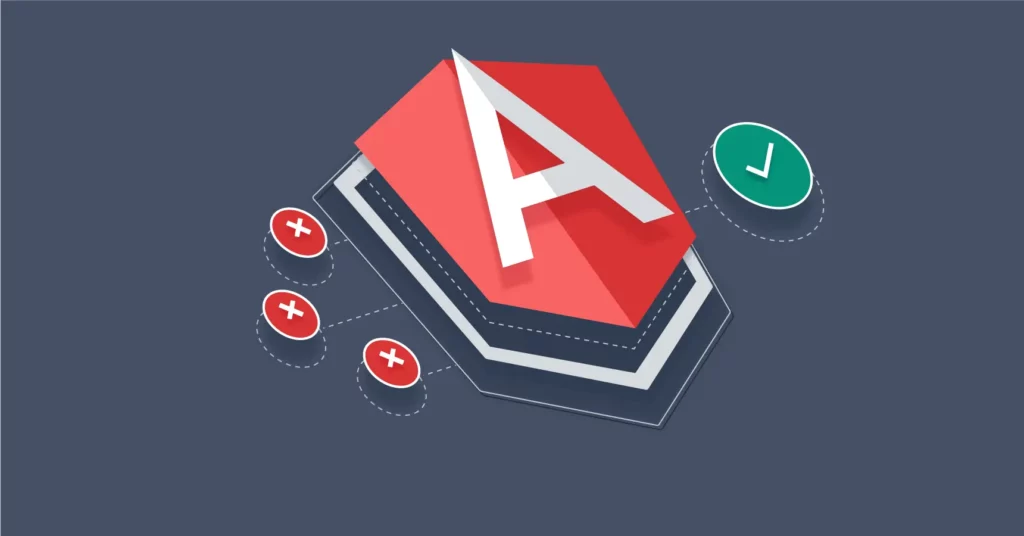Introduction:How to upgrade Angular versions in your project
In the fast-paced world of web development, staying current with technology is paramount to building robust and high-performance applications. Angular, a widely used front-end framework, frequently releases new versions that bring improved performance, security enhancements, and innovative features. This guide is designed to be your compass through the intricate process of upgrading Angular versions in your project. We’ll walk you through each step, highlight the benefits, and shed light on crucial SEO considerations to ensure a seamless transition that keeps both your application and your search engine rankings in top shape.
1. The Significance of Upgrading Angular Versions
Upgrading Angular versions isn’t merely a routine chore; it’s a strategic move that can elevate your project in various ways:
- Turbocharged Performance: With each new version, Angular introduces performance optimizations that make your application faster and more efficient, enhancing user satisfaction.
- Fortified Security: Updates come with security patches that address potential vulnerabilities, safeguarding your application and user data.
- Access to New Features: New versions unlock a treasure trove of features, tools, and functionalities that empower you to craft richer and more engaging user experiences.
- Community Collaboration: Keeping up with the latest Angular version ensures you’re in sync with the thriving developer community, enabling you to access valuable resources, tutorials, and solutions.
2. Preparing for an Effortless Upgrade
The journey to a successful Angular upgrade begins with meticulous preparation:
- Create a Solid Backup: Take the time to create a comprehensive backup of your project. This safety net prevents potential data loss and ensures you can revert to a known state if needed.
- Embrace the Release Notes: Dive into the release notes of the target Angular version. Understand the changes, deprecations, and new features to anticipate their effects on your project.
- Update Third-Party Dependencies: Third-party libraries and packages play a crucial role in your application’s ecosystem. Update them to versions compatible with the target Angular release to avoid compatibility issues.
- Comprehensive Testing: Rigorously test your application before initiating the upgrade. Ensure your unit tests and integration tests are comprehensive and functional to identify potential regressions post-upgrade.
3. Navigating the Step-by-Step Upgrade Process
An organized approach is key to a smooth upgrade experience. Follow these steps diligently:
- Step 1: Update Angular CLI: Start by updating the Angular CLI globally using the command
npm install -g @angular/cli. This ensures you have the latest tools at your disposal. - Step 2: Core Dependencies Update: Update the core Angular dependencies using
ng update @angular/core. This step sets the foundation for the rest of the upgrade process. - Step 3: RxJS Compatibility: Update the RxJS library using
ng update rxjs. Ensuring compatibility with the new Angular version is crucial for a seamless experience. - Step 4: Angular Material (If Applicable): If your project incorporates Angular Material, update it using
ng update @angular/material. This keeps your UI components aligned with the new version’s design principles. - Step 5: Third-Party Libraries: Scan your project for third-party libraries and update them to versions compatible with the new Angular release. This prevents compatibility issues down the line.
- Step 6: Address Deprecated APIs: Deprecated APIs can lead to broken functionality. The Angular CLI often provides suggestions on how to address these issues, ensuring a smooth transition.
- Step 7: Rigorous Testing Phase: Execute your suite of unit tests and end-to-end tests meticulously. This step catches any new bugs or regressions that might have surfaced due to the upgrade.
- Step 8: Debugging and Troubleshooting: If you encounter issues, consult Angular’s official documentation, forums, and communities for guidance. Collaboration can be invaluable in overcoming challenges.
4. SEO Considerations for a Flawless Transition
Maintaining your hard-earned SEO rankings during an upgrade is essential to preserving your online visibility:
- Implement 301 Redirects: In case URLs change after the upgrade, implement 301 redirects to ensure both users and search engines can access the updated content.
- Update Sitemap and Robots.txt: Revise your XML sitemap and robots.txt files to reflect the changes in URLs and content structure.
- Harness Performance Improvements: Leverage the performance enhancements of the upgraded Angular version to enhance page load speed, a critical factor in SEO rankings.
5. Post-Upgrade Monitoring and Best Practices
The journey doesn’t end with a successful upgrade; it’s important to ensure the continued health of your application:
- Track Performance Metrics: Continuously monitor key performance metrics such as page load speed, Time to Interactive (TTI), and First Contentful Paint (FCP) to ensure they align with your upgrade goals.
- User Experience Feedback: Gather feedback from users to identify any usability issues that might have emerged post-upgrade. Addressing these concerns enhances user satisfaction.
Conclusion
Upgrading Angular versions isn’t a task to be taken lightly; it’s a strategic maneuver that positions your project for a brighter future. By meticulously following the steps outlined in this guide, you ensure a seamless transition that maximizes the benefits of improved performance, security, and new features. Moreover, by considering SEO implications and implementing best practices, you safeguard your website’s search engine rankings during the upgrade process. Remember, maintaining the health and relevance of your application requires ongoing commitment, but the rewards are well worth the effort. Embrace the journey of upgrading your Angular version as an opportunity to enhance your skills and elevate your projects to new heights.
Also read: Creating a Dynamic Sitemap using Node.js: Best Practices and Implementation



